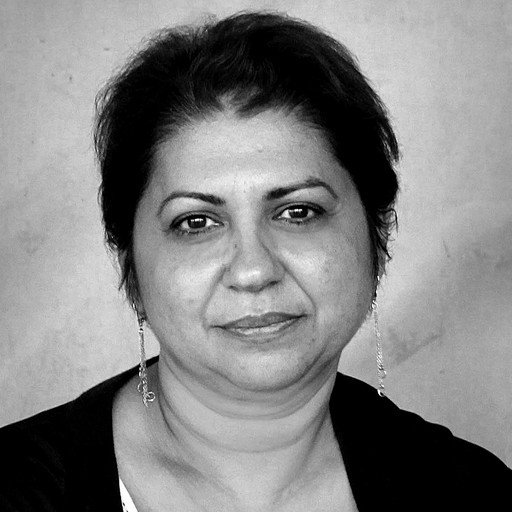Current Roma Movement in Romania
The immediate period after the fall of Communism, represented a crucial moment for the birth of political and social rights applicable to Rumanian citizens. For the first time in the history of modern Romania, the Roma gained the right to direct political representation, in its own name in 1990, and to be recognized as a national minority. The collapse of the Communist regime in Romania opened-up the opportunity for Roma to articulate their historical demands, to fight discrimination of the Roma, to be recognized as a national minority, to organize Roma communities, to claim ethnic protections (to which Romania, as an EU member state, is signatory), and to demand socio-economic measures reducing the poverty gap with others in the population.
According to official statistics, public policies created after 1989, for Roma social inclusion in areas such as employment, education, health, and housing have been a failure. Roma people were the most negatively impacted by the transition to the market economy, because massive layoffs have led to a high unemployment rate among the population. Roma people who worked in state farms no longer had an assured job, because the land on which they worked was returned to the former owners. Even though the Land Law of 1991 stipulated that each family had the right to a certain cultivated area, the majority of Roma who worked in agriculture did not receive any land.
As far as education is concerned, in the early 1990s, only 51% of Romani children followed any type of education, whilst 14% dropped-out of school, 16% only attended with sporadic frequency, and 19% of Romani children were not enrolled by their parents at any school. Unfortunately, this lack of education directly reflects on the way Roma manage to ensure their daily living. According to the 1992 census, about 80% of Roma had no qualifications at all and almost half did not have a stable job. According to a study conducted by the Life Quality Research Institute, in 1998, only 37% of Roma had a form of qualification in accordance with the requirements of the labour market. Compared to the majority population, the number of Roma who have a stable job is significantly lower and because of this low level of education, many families don’t succeed in having a reliable income. The latest national census of 2011 shows that 22% of Romani children are not enrolled in any pre-university education program. As far as the adult population is concerned, 24% did not attend any form of education.
In 2003, the Romanian Government established the National Center for Roma Culture, first under the Ministry of Culture, then under the administration of National Agency for Roma. Directorate was ensured by the Romanian actor Doru Tufiș, followed by Roma activists Mihaela Zătreanu and Mihai Neacșu. Roma mainstreaming strategies generated new opportunities for Roma intellectuals, activists and politicians from 2015, when Ciprian Necula, an independent, non-party member, was appointed as State Secretary. For the first time a Roma official occupied a non-Roma-related position, at the European Funds Ministry. However, Necula decided to take the lead in the National Contact Point for Roma and coordinating the Ministerial Working Group for Roma Strategy. Some months later, Valeriu Nicolae, another non-party member, was appointed as State Secretary at the Ministry of Labour. Dana Varga, from the Alliance of Democrat Liberals, occupied the position of State Councillor on Roma to the Prime Minister, in two governments. Madălin Voicu, member of Social Democratic Party, was appointed a State Secretary at the Ministry of Culture.
From 2004, the EU pre-accession funds (PHARE), and EU strategic funds (IPA), transformed most Roma NGOs into service providers. Political representation remained, with a small number of votes for the Roma Party (being represented by one MP) up to present. Other MPs representing Roma in the Parliament were Gheorghe Raducanu (1990-1992; 1992-1996), Mădălin Voicu (1996-2000), Nicolae Păun (2000-2004; 2004-2008, 2008-2012, 2012-2016) and Daniel Vasile (2016 - present). On other party lists, Roma were represented by Mădălin Voicu (Social Democratic Party, 2000-2004; 2004-2008, 2008-2012, 2012-2016, Deputy Chamber), Damian Drăghici (UNPR, 2012-2014, Senate), Damian Drăghici (UNPR, 2012- present, European Parliament), Florin Manole (PSD, 2016 – present).
At local level, Roma are represented by over 250 local councillors and three municipal mayors. An organization was established to represent their interest, the Association of Local Elected Roma, whilst in the public institutions, according to an analysis of the National Contact Point, there are over 1,200 persons working as County Experts for Roma, Roma experts at local level and Roma education and health mediators. The Roma mediation programme began as a project of Romani CRISS, with the purpose of including Roma women at the local level, in community organization.
The University of Bucharest launched a faculty of Romani Language, under the coordination of Dr Gheorghe Sarău and Dr Delia Grigore (initially, as a elective class in 1993). In 2015, the first Romani Master Program at SNSPA University in Bucharest was established, led by Professor Vintilă Mihăilescu and Dr Ciprian Necula. The master’s programme engages additional Roma professors Dr Delia Grigore, Dr Gelu Duminică, Dr Nicoleta Bițu and Dr Daniel Rădulescu. Romanian Roma students have benefited, since 1992, from affirmative action in the universities and later, in high-schools, a policy that has generated thousands of Roma bachelor degree holders.






